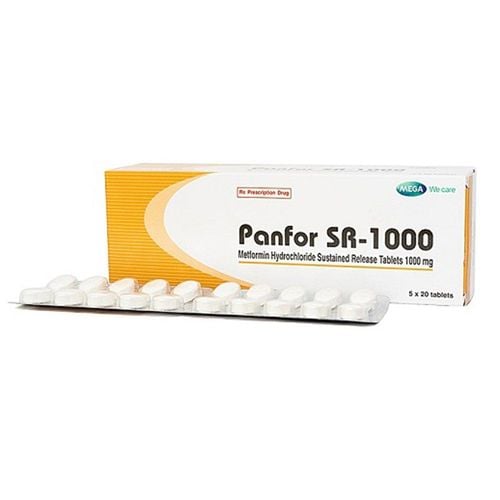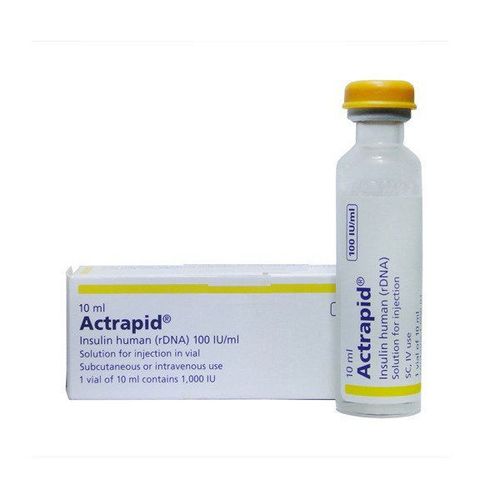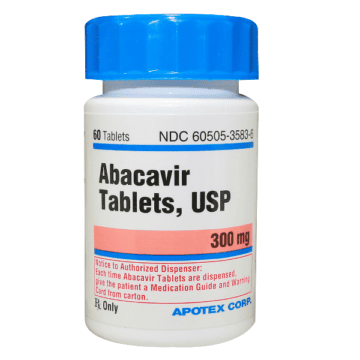This is an automatically translated article.
The article is professionally consulted by Master, Doctor Do Nguyen Thuy Doan Trang - Head of Extracorporeal Circulation Team - Cardiovascular Center - Vinmec Central Park International General Hospital.Insulin resistance and compensatory hyperinsulinemia commonly occur in patients with untreated essential hypertension. The coexistence of insulin resistance and hypertension can be viewed as a cause-and-effect relationship (insulin resistance causes hypertension or vice versa) or as a non-menopausal association.
1. What do insulin resistance and high blood pressure mean?
Insulin resistance and hypertension are considered "diseases of civilization" with abundant food and a sedentary life.Human trends in insulin resistance and hypertension, at least in part in our evolutionary history. Adaptations to an archaic way of life characterized by a low-sodium, low-calorie food supply and physical stress on the traumatic response fueled our evolution to shape and preserve a thrifty genotype, which favors saving energy and conserving sodium.
As our civilization develops, a sedentary lifestyle and a diet rich in sodium and energy, the frugal genotype is no longer advantageous and may not be suitable for the disease phenotype, such as such as hypertension, obesity, and insulin resistance syndrome.
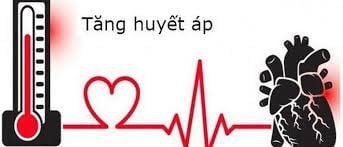
2. The relationship between high blood pressure and insulin resistance
Reduced tissue sensitivity to insulin is a feature of various medical conditions known as insulin resistance syndrome, also known as metabolic syndromeMetabolic syndrome is not a single disease, but a complex cluster of symptoms including large waist circumference, hypertension, hyperglycemia, dyslipidemia, and insulin resistance, all of which are associated with an increased risk of obesity and diabetes type 2. Since patients with metabolic syndrome often have cardiovascular diseases, metabolic syndrome and cardiovascular diseases share pathways including increased oxidative stress, impaired glucose metabolism, and lipid metabolism. , low-grade inflammation, hypercoagulability, and endothelial damage.
Insulin resistance and hypertension are components of the metabolic syndrome and often coexist. In addition to its metabolic effects, insulin also induces vasodilation by stimulating the production of nitric oxide (NO) in the endothelium and modulates sodium homeostasis by enhancing renal sodium reabsorption thereby contributing to the regulation of renal sodium reabsorption. blood pressure.
Recent studies have demonstrated that insulin resistance can develop not only in classical insulin-responsive tissues but also in cardiovascular tissues where insulin is involved in the development of cardiovascular diseases and hypertension pressure. Insulin resistance has become a bad name and is considered harmful: often associated with metabolic syndrome and hypertension that increase the risk of type 2 diabetes and cardiovascular diseases.
However, in human evolutionary history, insulin resistance may have been an essential part of normal homeostasis to facilitate diversion of nutrients to major organs and an adaptive mechanism physiological to promote the survival of our ancestors in times of critical condition; such as famine, infection, trauma, and stress. The same mechanism may be inappropriately activated on a chronic basis in the present environment, leading to the manifestation of hypertension, insulin resistance or the metabolic syndrome.
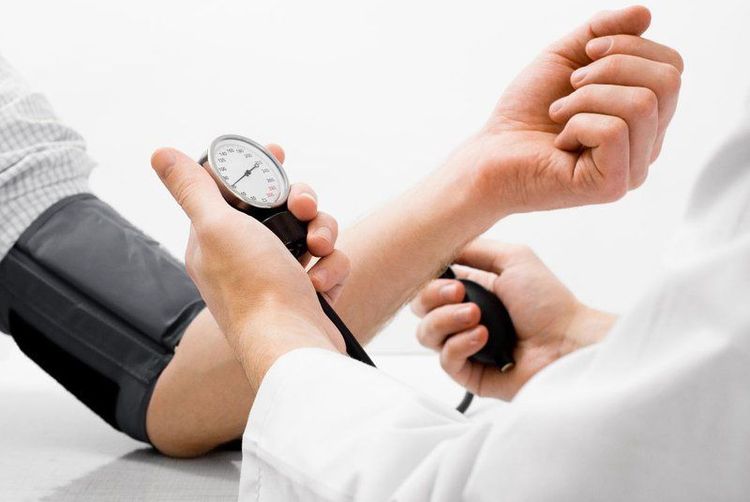
3. Insulin resistance and hypertension are associated with an unhealthy lifestyle and low-level systemic inflammation
Insulin resistance and hypertension are considered diseases of the West. It is clear that most, if not all, of the typical chronic diseases of the West are found to be primarily caused by unhealthy lifestyles and that systemic low-grade inflammation is a common denominator. . Our ancestors (primitive humans) had to perform considerable physical activity in order to obtain food and had to adapt to prolonged periods of starvation, which favored fat storage, a trait that humans modern successor.Furthermore, our modern lifestyle, characterized by a Western diet rich in energy and sodium, a sedentary and psychosocially stressful life, and a positive energy balance. In the long run, this positive energy balance creates a need to store excess fat. When the capacity to safely store lipids in adipose tissue is exceeded, lipids spill over into non-adipose tissue, increasing the risk of chronic low-grade systemic inflammation and subsequently insulin resistance, hypertension, and dyslipidemia. metabolic disorder.
Obesity in humans can be considered as a symptom of energy imbalance: caloric intake exceeds energy expenditure. The human body has abundant fuel reserves in adipose tissue, which can meet energy needs for considerable periods. Adipocytes are both a static storehouse for calories in the form of triglycerides and an endocrine organ that secretes many endocrine factors, including lipid mediators, kinases, cytokines, and proinflammatory chemokines. These molecules are involved in the regulation of energy metabolism, lipid storage, and inflammatory responses. In addition, excess nutrient intake can cause oxidative stress in adipose tissue. In contrast, oxidative stress exerts significant effects on adipose tissue biology and may lead to dysregulation of adipocyte function, manifesting as inhibited adipocyte differentiation, enhanced proliferation and proliferation of adipocytes. infiltration of immune cells into adipocytes and increased secretion of inflammatory cytokines.
Obesity-induced inflammation is associated with increased adipose tissue macrophage infiltration. Similar to the pathogenic response to invading bacteria, excess nutrients found in the adipose microenvironment can lead to proinflammatory activation and phenotypic transduction of macrophages.
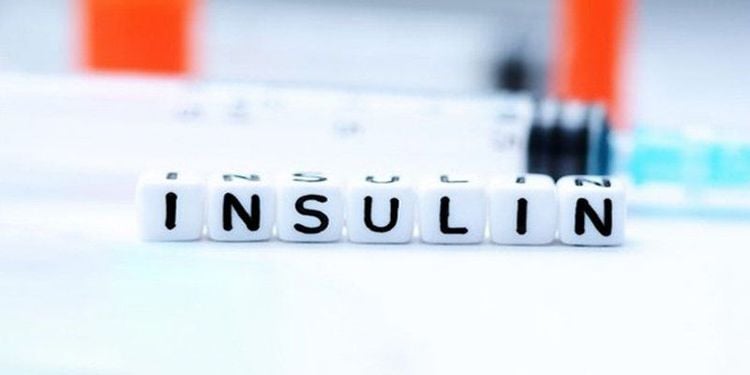
4. Exercise and take supplements
In addition to the diet of patients with insulin-resistant hypertension, there should be a daily exercise method. Because daily exercise will make the sensitivity of cells to insulin will increase, control their weight and make the hormones unimpeded. Exercise also has physiological benefits that help regulate blood pressure.Establish a consistent and quality vitamin and nutrient supplement program. Take a multivitamin in combination with supplements that are rich in minerals such as magnesium, calcium, and antioxidants.
If you have a need for consultation and examination at Vinmec Hospitals under the national health system, please book an appointment on the website for service.
Please dial HOTLINE for more information or register for an appointment HERE. Download MyVinmec app to make appointments faster and to manage your bookings easily.





